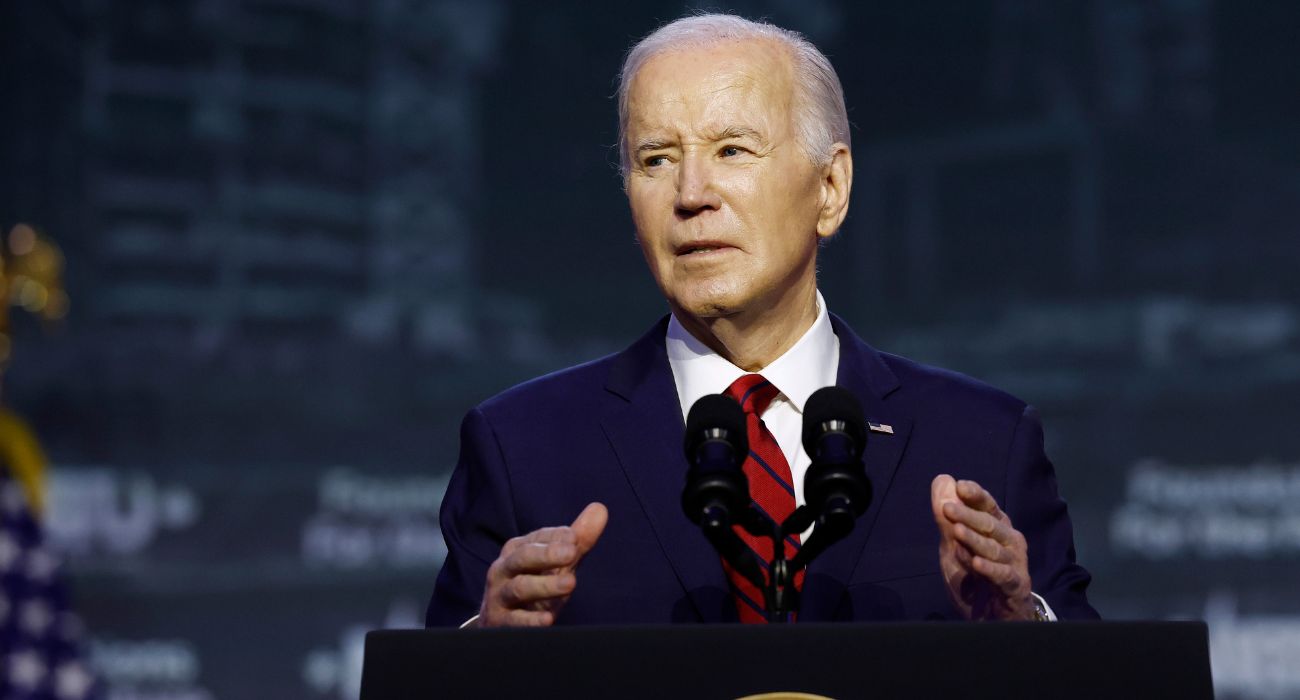Two hotter-than-expected inflation prints marked a disappointing start to 2024 considering the Fed’s higher-for-longer policy stance and its forecasted timeline for rate cuts.
The consumer price index (CPI), a key inflation measure, rose 0.4% month over month in February and 3.2% over the last 12 months, the U.S. Bureau of Labor Statistics (BLS) reported Tuesday. Core CPI, which removes the volatile food and energy components, increased by 0.4% in both January and February and 3.8% year over year.
Consensus expectations were that headline inflation would remain flat at 3.1% month over month and that core inflation would ease from 3.9% to 3.7% year over year, according to data from Trading Economics.
With inflationary pressures remaining elevated and February’s consumer price data coming in hot, the road to 2% annual inflation remains far off, according to PNC senior economist Kurt Rankin.
“Fed officials have continued to stress the need for further progress toward their goal of an average 2% pace of inflation before interest rate cuts will be appropriate,” Rankin wrote in a note to The Dallas Express. “So far, 2024 has brought disappointing evidence to those looking for hope that the Fed is ready to cut rates.”
Rankin explained that “strong wage growth” has acted as a roadblock to the Fed’s 2% inflation target as consumers have more spending power and corresponding confidence.
“Although the overall economy looks to have dodged the potential for recession in 2024 on the back of continued hiring and consumer spending, a higher cost of doing business thanks to ‘higher for longer’ interest rates will remain a damper on economic growth potential as this year wears on,” he said.
According to the report, prices for shelter (+0.4%) and gasoline (+3.8%) were the biggest drivers of inflation in February, contributing over 60% of the monthly increase.
“Inflation continues to churn above 3%, and once again shelter costs were the main villain,” said Robert Frick, corporate economist at Navy Federal Credit Union, per CNBC. “With home prices expected to rise this year and rents falling only slowly, the long-awaited fall in shelter prices isn’t coming to the rescue any time soon.”
Although energy prices have eased over the last year, prices managed to edge higher in February. In total, gasoline prices rose 4.3%, natural gas rose 2.3%, electricity rose 0.3%, and fuel oil increased 1.1%, BLS data show.
The indexes with substantial year-over-year increases include motor vehicle insurance (+20.6%), medical care (+1.4%), shelter (+5.7%), rent (+5.8%), recreation (+2.1%), and personal care (+4.2%). The indexes with notable year-over-year decreases include used cars and trucks (-1.8%), airline fares (-6.1%), and dairy-related products (-1.8%).
Although the U.S. Central Bank has made some headway in its fight against inflation, Frick and Rankin believe the Fed will likely hold policy in restrictive territory until more evidence suggests that inflation is moving reliably down to the 2% target.
The odds that the Fed will cut rates at the March meeting stand at only 2%, according to the Fed Rate Monitor Tool. However, the odds slightly improve with each passing FOMC (Federal Open Market Committee) meeting. For instance, as the market opened on Tuesday, there was a 15.2% chance of a quarter-point rate cut in May and a 57% chance in June.
Overall, FOMC participants have penciled in three quarter-point cuts by the end of 2024, which would lower the Fed’s benchmark rate to 4.6% from a current range of 5.25% to 5.50%, according to the latest Summary of Economic Projections.






